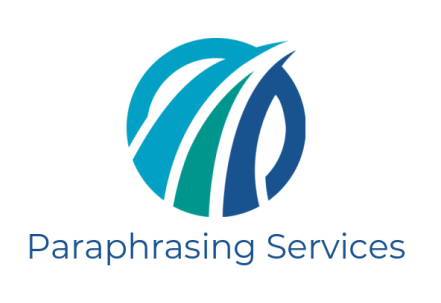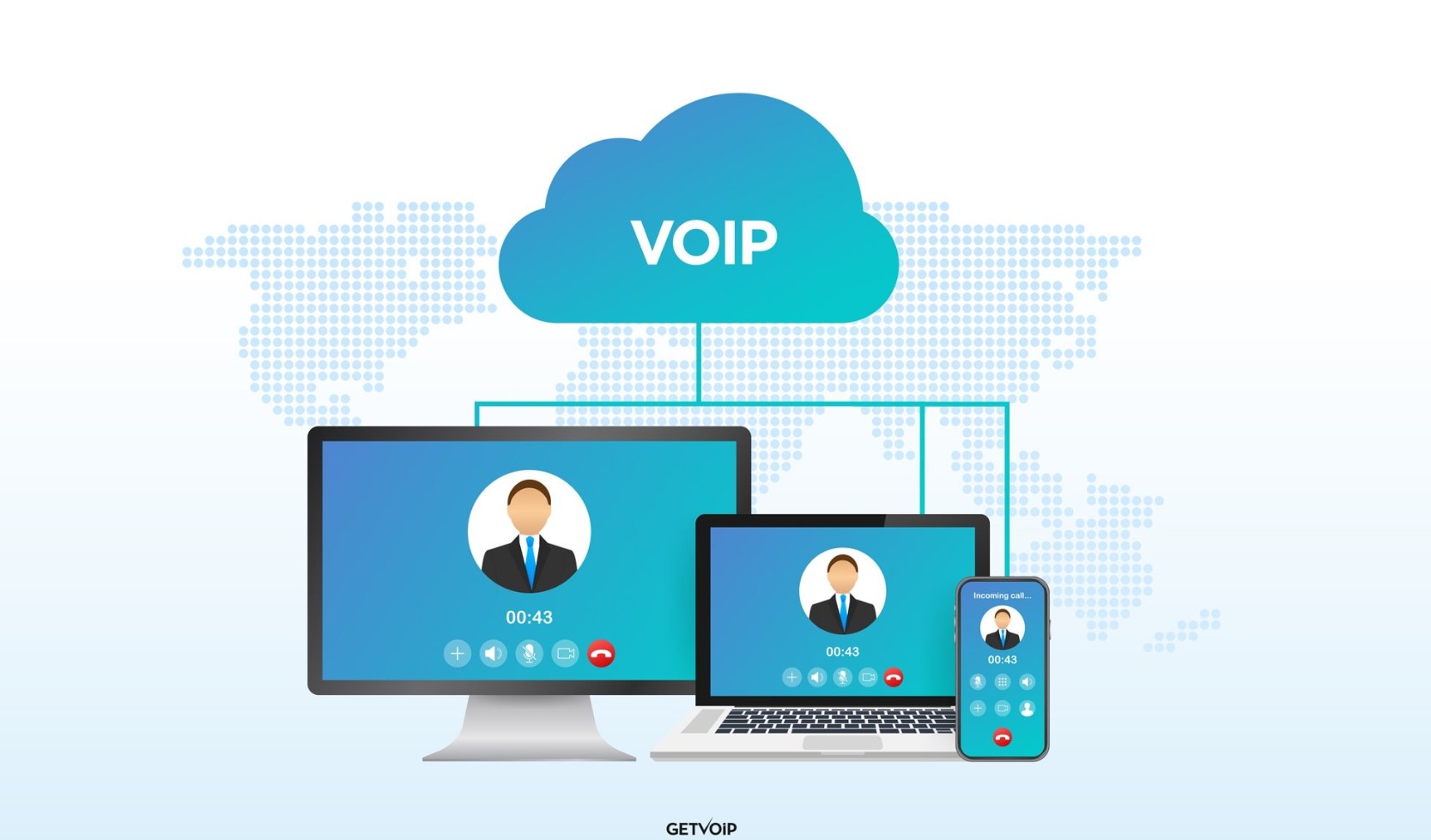Virtual call systems have become an integral part of communication for businesses and individuals alike. These systems, also known as Voice over Internet Protocol (VoIP), enable us to make and receive calls over the internet, offering cost savings and flexibility. As VoIP calls gain popularity, the need to record these conversations arises for various reasons, such as training, compliance, and dispute resolution. In this article, we will explore the methods and best practices for recording VoIP calls, ensuring that you have the knowledge and tools to capture and preserve important conversations in a virtual call system environment.
Conception to VoIP calls
VoIP calls involve transmitting voice data over the internet rather than traditional phone lines. They offer numerous advantages, including cost savings, flexibility, and enhanced features. With the growing reliance on VoIP technology, the need to record these calls arises for various reasons.
Importance of recording VoIP calls
Recording VoIP calls serves multiple purposes. It allows businesses to maintain a record of important conversations for future reference, quality assurance, training purposes, and legal compliance. Additionally, individuals may find it useful to keep a record of personal conversations or interviews conducted via VoIP.
Legal considerations for recording VoIP calls
Before recording VoIP calls, it is crucial to understand the legal implications. Laws regarding call recording vary across different jurisdictions, and in some cases, consent may be required from all participating parties. Familiarize yourself with the legal requirements in your region to ensure compliance.
Methods for recording VoIP calls
There are several methods available for recording VoIP calls, depending on the software, equipment, and services you use. Let’s explore three common approaches:
| 1 | Built-in recording features | Some VoIP applications and services offer built-in call recording features. These features allow you to initiate the recording during a call, saving the conversation to your device or cloud storage. Check if your VoIP service provides this functionality and learn how to activate it. |
| 2 | Third-party recording software | Alternatively, you can use third-party recording software specifically designed for capturing VoIP calls. These software solutions integrate with your VoIP application or device, enabling seamless recording. Research and choose a reputable software that suits your requirements. |
| 3 | Cloud-based recording services | Cloud-based recording services provide a convenient option for capturing and storing VoIP calls. These services often offer advanced features such as transcription, searchability, and easy access from multiple devices. Look for reliable cloud-based recording services that are compatible with your VoIP setup. |
Step-by-step guide for recording VoIP calls using different methods
In this section, we will provide step-by-step instructions for recording VoIP calls using the three methods mentioned earlier.
Method 1: Using built-in recording features
- Launch your VoIP application or service.
- Initiate a call with the desired participant(s).
- Locate the call recording feature within the application.
- Activate the recording feature during the call.
- Once the call ends, save the recorded file to your device or preferred storage location.
Method 2: Using third-party recording software
- Research and choose a suitable third-party recording software.
- Install and set up the software according to the provided instructions.
- Launch the software and ensure it is connected to your VoIP application or device.
- Start a call as you normally would.
- Activate the recording feature within the third-party software during the call.
- After the call, save the recorded file to your desired location.
Method 3: Using cloud-based recording services
- Sign up for a reputable cloud-based recording service.
- Follow the service’s instructions to integrate it with your VoIP application or device.
- Initiate a call using your VoIP setup.
- Enable the recording functionality through the cloud-based service.
- Once the call ends, access the recorded file through the service’s platform or application.
Best practices for recording VoIP calls
When recording VoIP calls, it is essential to follow best practices to ensure legal compliance, data security, and optimal usage. Consider the following guidelines:
- Notify participants about call recording: Inform all participants that the call is being recorded, ensuring transparency and compliance with legal requirements.
- Obtain consent when required: In jurisdictions where consent is necessary, obtain permission from all parties involved before initiating the recording.
- Securely store and manage recorded calls: Use secure storage solutions to protect recorded calls from unauthorized access. Implement proper access controls and encryption where applicable.
- Comply with data protection regulations: Adhere to relevant data protection laws and regulations, such as the General Data Protection Regulation (GDPR) or the California Consumer Privacy Act (CCPA).
- Regularly review and update recording policies: Keep track of any changes in legal requirements and adapt your recording policies accordingly.
Benefits of recording VoIP calls
Recording VoIP calls brings several advantages to both businesses and individuals. Let’s explore some key benefits:
- Training and quality assurance: Recorded calls can serve as valuable training resources for new employees and help ensure consistent service quality.
- Legal and compliance purposes: Recording calls can provide evidence in legal disputes or compliance audits.
- Dispute resolution: Having a recorded record of conversations can help resolve misunderstandings or conflicts between parties.
- Performance evaluation: Supervisors and managers can review recorded calls to assess employee performance, identify areas for improvement, and provide constructive feedback.
Challenges and limitations of recording VoIP calls
While recording VoIP calls offers numerous advantages, it is essential to consider the challenges and limitations associated with this practice. Some common issues include:
- Technical limitations: Poor audio quality, dropped calls, or compatibility issues with recording software can hinder the effectiveness of call recording.
- Legal complexities: The legal landscape surrounding call recording can be complex and vary across jurisdictions. Stay informed and ensure compliance with local regulations.
- Privacy concerns: Recording calls raises privacy considerations, especially when personal or sensitive information is shared during conversations. Take appropriate measures to protect privacy rights.
Tips for improving the quality of recorded VoIP calls
To enhance the quality of recorded VoIP calls, consider the following tips:
- Use high-quality audio equipment: Invest in good microphones and headsets to ensure clear audio capture during VoIP calls.
- Optimize internet connection: A stable and high-speed internet connection can minimize audio disruptions and improve call quality.
- Test recording settings: Before important calls, conduct test recordings to ensure all recording settings are properly configured and functioning.
- Choose a quiet environment: Record calls in a quiet location to minimize background noise and distractions.
Future trends in VoIP call recording technology
The field of VoIP call recording continues to evolve, with emerging technologies and trends shaping its future. Some areas to watch out for include:
- Artificial intelligence (AI): AI-powered voice analytics can provide valuable insights from recorded calls, including sentiment analysis, call categorization, and predictive analytics.
- Enhanced transcription capabilities: Transcription services integrated with VoIP call recording can offer real-time or near-real-time transcriptions, making it easier to search and analyze recorded conversations.
- Integration with collaboration tools: VoIP call recording may become more tightly integrated with collaboration platforms, allowing seamless recording, storage, and retrieval of calls within the same interface.
Recording VoIP calls can be a valuable asset for businesses and individuals alike. By understanding the methods, best practices, and challenges involved in recording these calls, you can leverage this technology to improve training, compliance, and dispute resolution. Remember to comply with legal requirements, prioritize data security, and adapt to evolving trends in VoIP call recording technology.
FAQs
FAQ 1: Is it legal to record VoIP calls without consent?
The legality of recording VoIP calls without consent depends on the jurisdiction. In some regions, it may be illegal to record calls without obtaining consent from all participating parties. Familiarize yourself with the legal requirements in your area before initiating any call recording.
FAQ 2: Can I record VoIP calls on my smartphone?
Yes, it is possible to record VoIP calls on smartphones. However, the method may vary depending on the operating system and VoIP application you use. Explore the settings or available apps for call recording options specific to your smartphone.
FAQ 3: How long should I store recorded VoIP calls?
The retention period for recorded VoIP calls depends on various factors, including legal requirements, industry regulations, and your organization’s policies. Determine the applicable retention period based on these considerations and ensure proper data management and storage practices are in place.
FAQ 4: Can I edit recorded VoIP calls?
Yes, recorded VoIP calls can often be edited using appropriate software or tools. However, consider the legal implications and ensure that any edits made do not misrepresent or manipulate the original conversation.
FAQ 5: Are there any limitations to the length of recorded VoIP calls?
The length of recorded VoIP calls can vary based on factors such as available storage space, software limitations, and service provider restrictions. Check the specifications of your recording method or service to understand any limitations on call duration.




